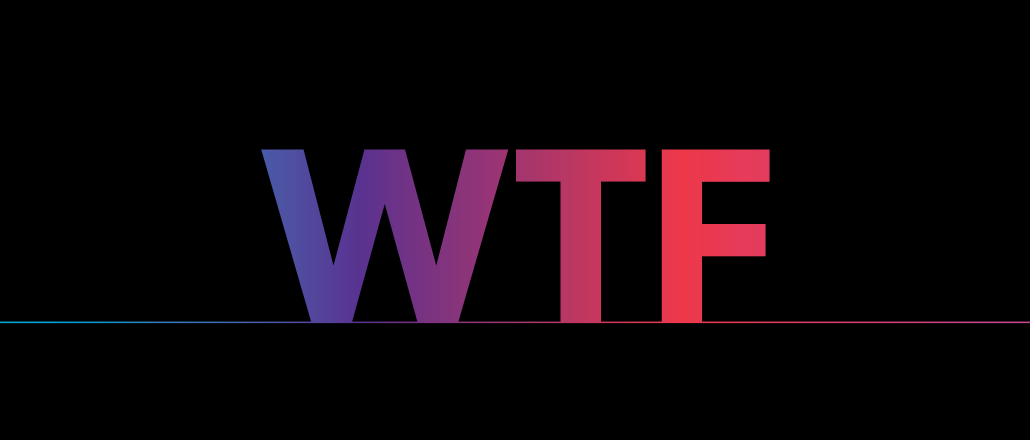
This article is a WTF explainer, in which we break down media and marketing’s most confusing terms. More from the series →
Brands don’t need all of their followers to see everything they create for social media. That’s why they use “dark posts,” targeted bits of content meant for select eyes only.
Dark posts are yet another “dark” category in online publishing, with concepts like dark social and the dark web, shadowy areas in the digital world that defy typical internet transparency. Dark posts, for instance, give marketers a way to promote content that they don’t have to host on their own public profiles for the whole world to see. It’s content on the down low.
“Social is really moving heavily toward being dark-post driven as it becomes more of a mainline media channel,” said Jeanne Bright, vp of paid social at DigitasLBi.
Here’s what it means and why it’s a popular marketing tactic.
How did the idea of dark posts come about?
Dark posts came about when targeting capabilities on platforms like Facebook were still rudimentary. Facebook was the first to develop the concept of “unpublished posts,” another name for dark posts, for brands and publishers to create a post that didn’t live on their pages. The post would only go to select members of their following or a target demographic.
Why are dark posts necessary?
Mainly, they are for creating social posts that a publisher doesn’t want to blast to everyone. Publishers like BuzzFeed use dark posts as part of content deals with brands. Dark posts are also useful when A/B testing different content strategies, because a brand can send up trial balloons without officially posting to its page until it understand what iteration of content performs better.
“They’re for when you don’t want to mess with the character of your core timeline, because it’s content for a specific audience,” said Tom Edwards, chief digital officer at Epsilon.
Why are advertisers and brands using dark posts?
Retailers like Michael Kors rely on dark posts to target different products to different groups on Facebook. “They’re for any time you have a message specific to certain customers, people who visited your website, or when you’re doing an activation that’s geotargeted,” Bright said.
What about outside of Facebook?
Dark posts are doable on LinkedIn, Pinterest and Twitter. As for Snapchat and Instagram, all promoted posts are dark posts.
Are there any drawbacks to dark posts?
For advertisers and brands, dark posts are creating a blind spot, Bright said. It’s impossible to see all the kinds of social media content that a brand is putting out there, so there’s no way to get a full sense of their media strategy or spend. “It makes it really tough to look at a brand’s competitors. You have no idea what they’re doing, what creative they’re using, how much they’re spending, or who they’re targeting,” Bright said.
As for dangers, dark posts are by nature narrowly targeted, and brands can get into trouble if they start targeting people by, say, their names. “I’ve seen good and seen bad, and bad is something where it’s so tailored that it starts to feel creepy,” Bright said.
More in Media

Digiday+ Research: Publishers’ growing focus on video doesn’t translate to social platforms
Major publishers have made recent investments in vertical video, but that shift is not carrying over to social media platforms.

Technology x humanity: A conversation with Dayforce’s Amy Capellanti-Wolf
Capellanti-Wolf shared insight on everything from navigating AI adoption and combating burnout to rethinking talent strategies.

How The Arena Group is rewriting its commercial playbook for the zero-click era
The company is testing AI-powered content recommendation models to keep readers moving through its network of sites and, in doing so, bump up revenue per session – its core performance metric.





